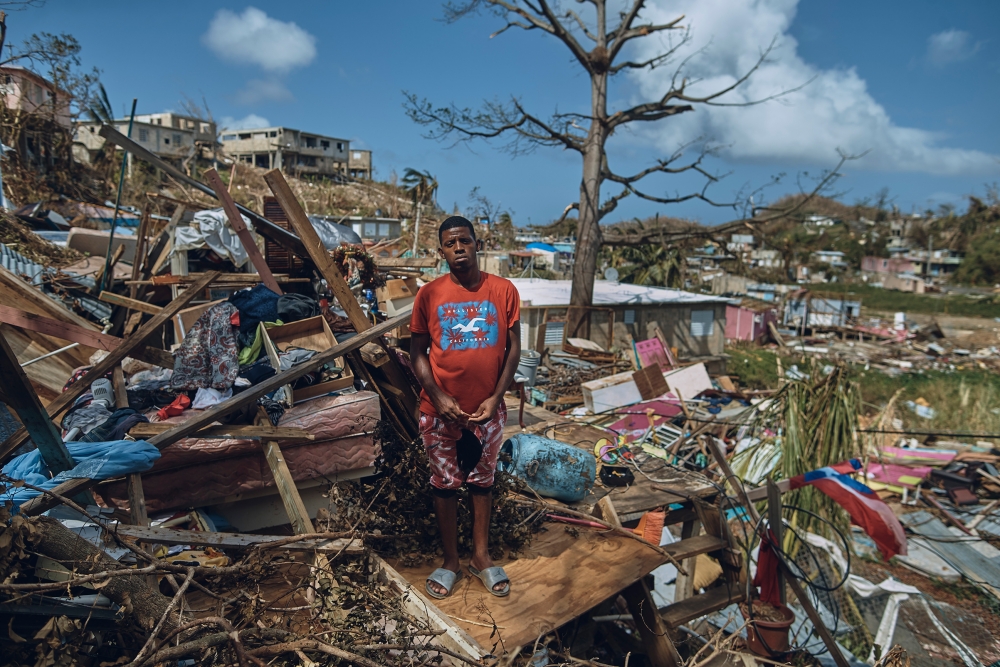6 months on, how is the Caribbean recovering from hurricanes and Irma and Maria?

Between August and October 2017 the Caribbean suffered two of its worst hurricanes in history causing tremendous damage: Hurricane Irma and Hurricane Maria.
Hurricane Irma struck first causing the most damage across Barbuda, Saint Barthélemy, Saint Martin, Anguilla, and the British Virgin Islands. Irma resulted in the death of 146 people and caused US$64.8 billion worth of damage.
Maria struck just a few weeks later and was the tenth most tenth-most intense Atlantic hurricane on record and the most intense tropical cyclone worldwide of 2017. Maria affected a number of Caribbean nations, with the most significant impacts in Dominica, Guadeloupe, the U.S. Virgin Islands, the British Virgin Islands, Puerto Rico, Dominican Republic, and Turks and Caicos.
Maria caused 112 deaths and damages worth US$91.61billion and also significantly hampered the recovery process from Irma.
With hurricane season now just 4 months away the Caribbean Islands are preparing again to build their resilience.
Following the hurricanes the UNDP mobilised US$22 million to reconstruct the Caribbean in a most resilient and sustainable way and over the last 10 years has invested nearly US$300 million in Latin America and the Caribbean.
However, 6 months on full recovery is still a long way off with 11% of Puerto Rico still without power.
UNDP is promoting a Build Back Better approach in the affected areas in hope that this protects from future disasters:
“As part of UNDP’s Build Back Better approach, we are promoting disaster-resilient communities, and this means ensuring that critical buildings such as health centers can survive the worst storms” said UNDP Resident Representative for Barbados and the OECS, Stephen O’Malley.
The UNDP conducted Building Damage Assessments to gather data for planning a more resilient recovery and found that buildings across the islands experiences significant structural damage, with 92% of structures in Barbuda damaged.
The UNDP is continuing its support to the affected areas.
In Dominica the UNDP provides livelihood support to 16 communities across the island in partnership with the government. Local residents are clearing debris from tourist sites, schools and key agricultural areas in an initiative backed by the UNDP, UN’s Central Emergency Response Fund (CERF), the UK’s Department for International Development (DFID) and the European Union’s Civil Protection and Humanitarian Aid Operations (ECHO).
The British Virgin Isles suffered significantly from both hurricanes and 36% of homes were damaged. In response, the UNDP supported the creation of the Government’s Recovery and Development Plan as well as a Recovery and Development Agency to support their build back better initiative.
The UNDP also injected large amounts of cash into Turks and Caicos Islands to create a Debris and Waste Management Plan composing of a long term recycling strategy. In addition, the UNDP is working on a social protection strategy and is supporting disaster reduction training for small and medium enterprises.
Join us for the 10th Annual Global Disaster Relief & Development Summit on 5-6 September in Washington, D.C, USA.
If you’d like to stay informed on the latest updates in aid and development, please sign up for the AIDF newsletter.
Image Credit: Andres Kudacki for TIME














